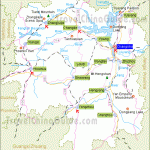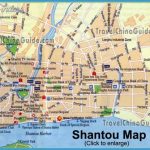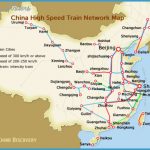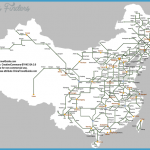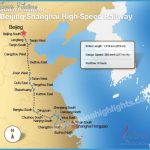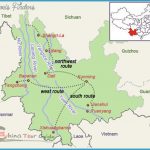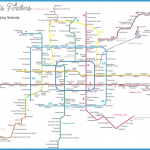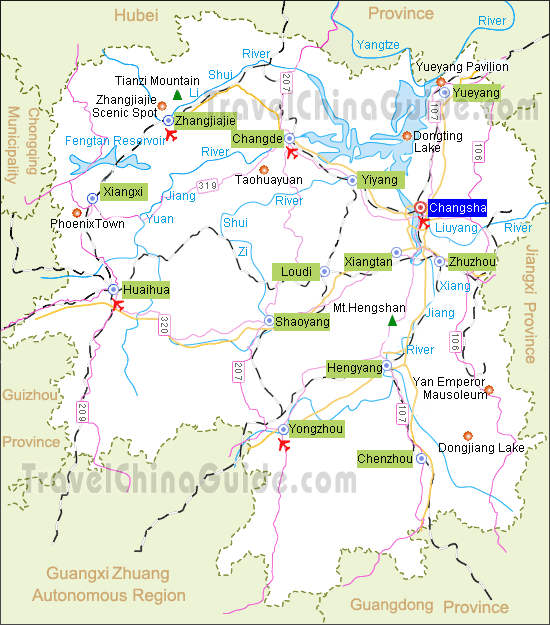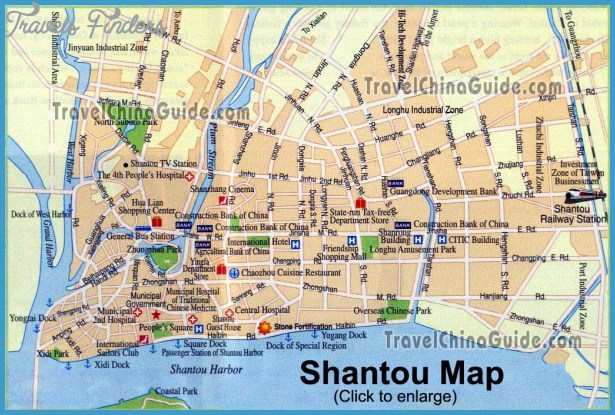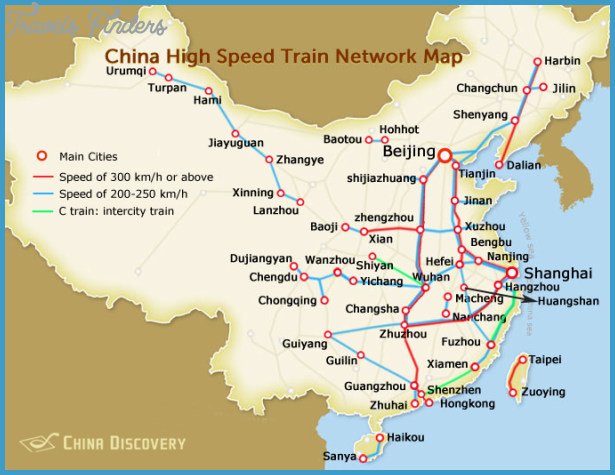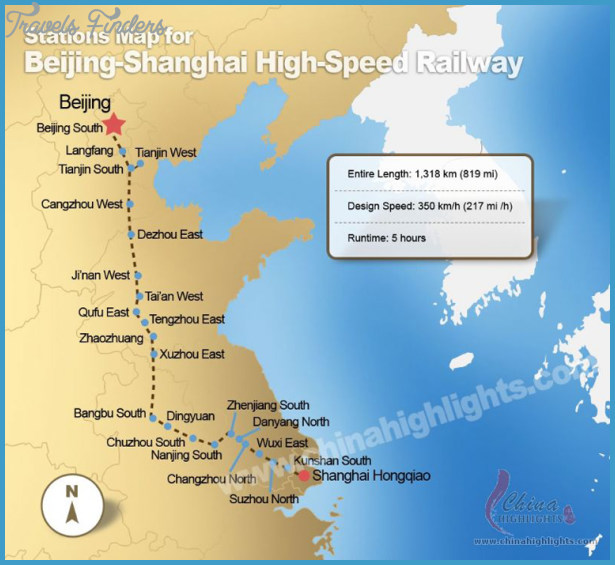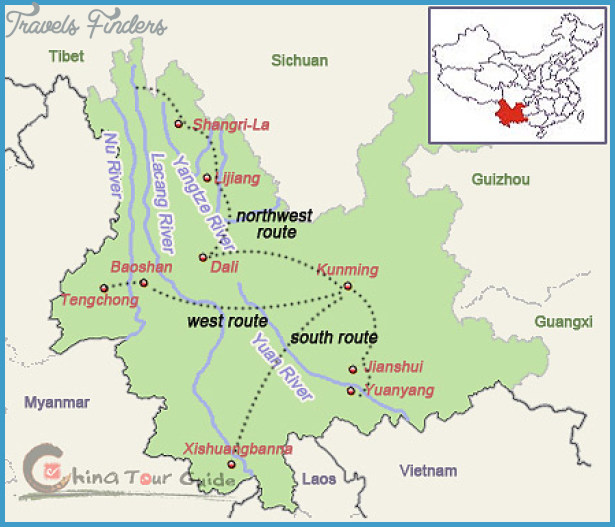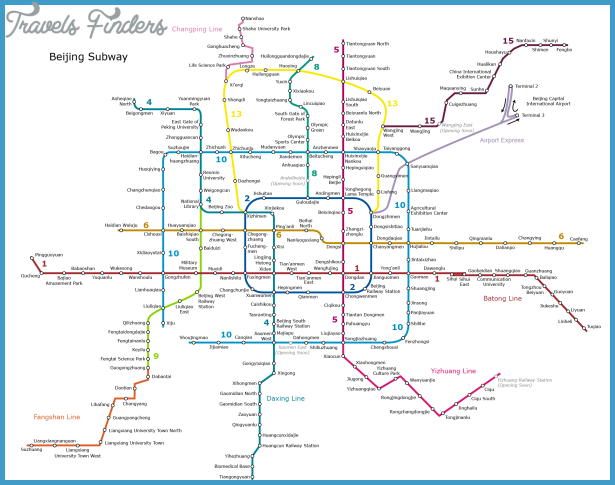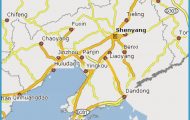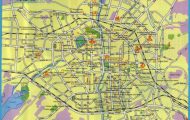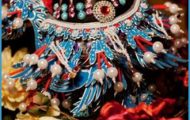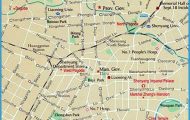What are nowadays known as the Chinese people orthe Han, afterthe name of one of the dynasties, are not a pure race but a mixture of various ethnic groups and cultures. The earliest Chinese tribes, who settled on the banks of the Huanghe, had facial features which – as far as it is possibleto reconstruct them-are found in the inhabitants of the central and eastern regions of the country: medium to small in height, sturdy build, white/yellow skin, black shiny silky textured hair, flat face with a small nose, prominent cheek bones and almond-shaped eyes.
Repeated attacks by barbarictribesfrom the north as well as periods of Mongol and Manchurian rule led, however,toa mixing of blood, which explains the bigger stature and narrower build of the typical north Chinese.
Of less significance was the contact between the northern Han tribes and the Turkic-Uigur and Persian peoples, who surged east along the Silk Roads to China. Their features are difficult to discern in Han Chinese today. Atthe beginning of Chinese civilisation the Han crossed the Changjiang and advanced south. In this way they avoided mixing with the northern tribes and it is assumed that they quickly became assimilated with the indigenous population.
Thanks to their isolated geographical location, the tribes of the southwest such as the Zhuang, Miao, Yi and Yao have survived. Although their numbers are greatly reduced they live on in the hilly regions. Unlike the Tibetans, Mongols, Kazakhs and Uigurs who developed their own culture and written language, these ethnic groups of south-
The original Chinese Invasions Ethnic groups western origin – on the border with Laos, Kampuchea, Myanmar (Burma) and Vietnam – did not develop a distinct culture of their own.
The Han Chinese, still a mixture of several different peoples, represent 93% of the total Chinese population. The remaining 7% belong to the 55 national minority groups which occupy land mainly in “Outer China” or on the southern border, areas which together make up some 60% of the country. In recent years a greater increase in population has been recorded among the minorities than among the Han, a situation that can be explained by the greater consideration now given to the interests of the minorities, the introduction of a degree of autonomy and the economic and cultural support of the Chinese government. They have also been given greater freedom in issues of family planning.
Of the 56 minorities, apart from the Han Chinese, eighteen exceed 1 million in population: the Mongols, Hui, Tibetans, Uigurs, Miao, Yi, Zhuang, Boutyei, Koreans, Manchurians, Dong, Yao, Bai, Tujia, Hani, Kazakhs, Dai and Li. Fifteen have populations exceeding 100,000: the Lisu, Wa, She, Lahu, Shui, Dongxiang, Naxi, Jingpo, Kirghiz, Tu, Dahu-ren, Mulao, Qiang, Gelo and Xibo. 22 nationalities have populations of less than 100,000: the Gaoshan, Blang, Sala, Maonan, Achang, Pumi, Tajiks, Nu, Uzbeks, Russians, Ewenki, Deang, Baoan, Yugurs, Jing, Tatars, Drung, Oroqen, Hezhe, Moinba, Lhoba and Jinao.

